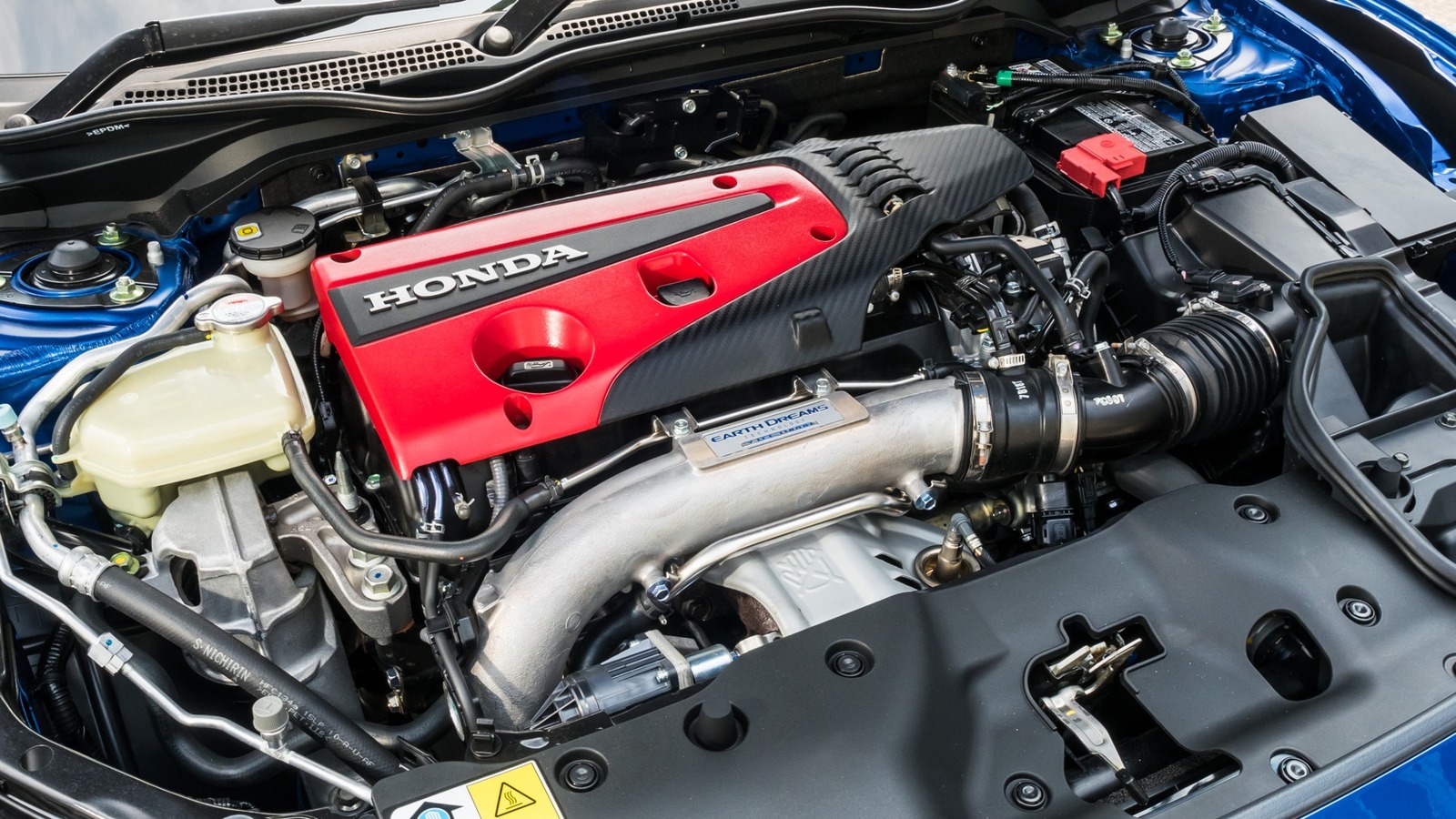Honda has established itself as a dominant force in internal combustion engine production, spanning automobiles, motorcycles, Formula 1, and beyond. With decades of experience, Honda has not only mastered reliability but has also pushed boundaries in performance and fuel efficiency.
Its engines have earned a reputation for longevity and engineering innovation. From VTEC to turbocharging, Honda continuously evolves its engine designs to meet market demands.
This article delves into some of Honda’s most noteworthy engine families, highlighting their key features, technical designs, and reliability, offering a comprehensive look at what makes these engines legends in their own right.
1. The G-Series: Honda’s Only Five-Cylinder Attempt
Produced between 1989 and 1996, the G-Series was Honda’s only five-cylinder engine. It debuted in the Acura Vigor and later powered the first-gen Acura TL. Designed longitudinally with front-wheel drive, it was structurally similar to the F-Series but added an extra cylinder.
Despite its innovative design, the G-Series failed to resonate with traditional sedan buyers in the U.S., leading to its short production run. With SOHC and four valves per cylinder, it offered reliability but was eventually phased out.
Common issues include uneven idling and timing belt-related failures, which could be avoided with proper maintenance.
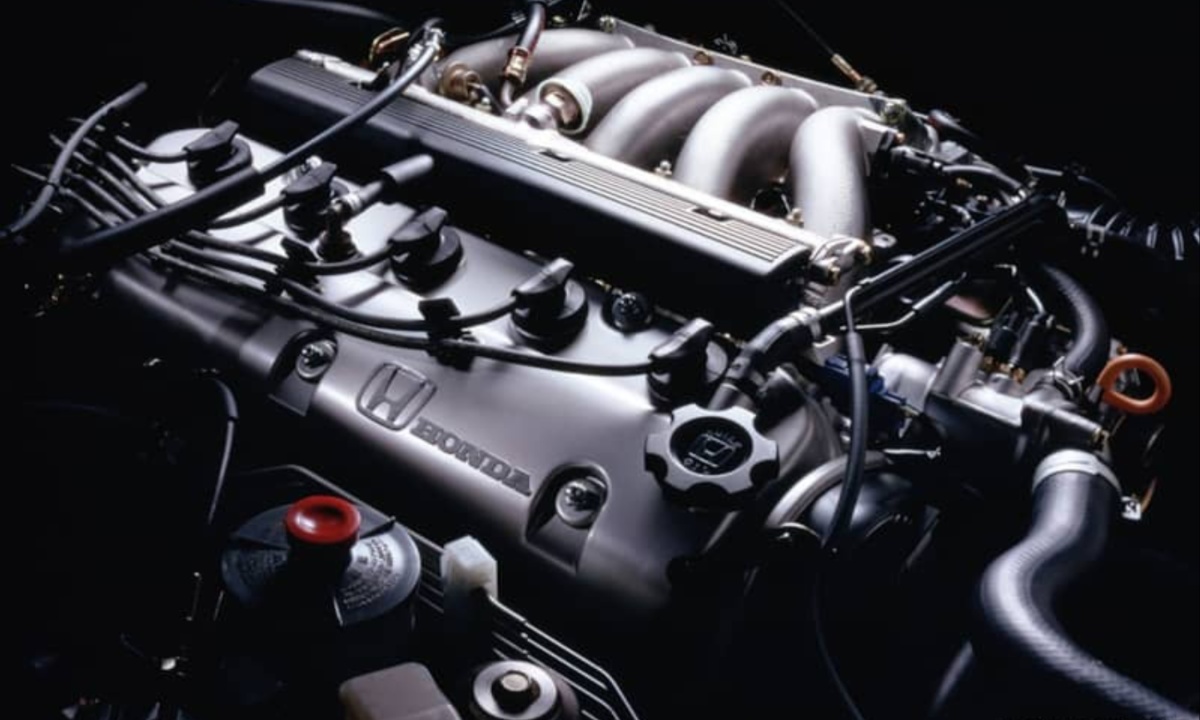
2. D-Series: The Reliable Economy Workhorse
Spanning from 1984 to 2005, the D-Series engine was Honda’s go-to powerplant for smaller, economy-focused vehicles. Offered in displacements from 1.2 to 1.7 liters, this inline-four engine was available in both SOHC and DOHC configurations. Though not as famous as the B-Series, it powered millions of Civics and CR-Xs globally.
The engine was durable and efficient, capable of covering high mileage when maintained correctly. However, issues such as exhaust manifold leaks and idling irregularities were common. The long-stroke D17 was the least favored due to vibration and lack of refinement. Despite that, it remains a hallmark of Honda reliability.
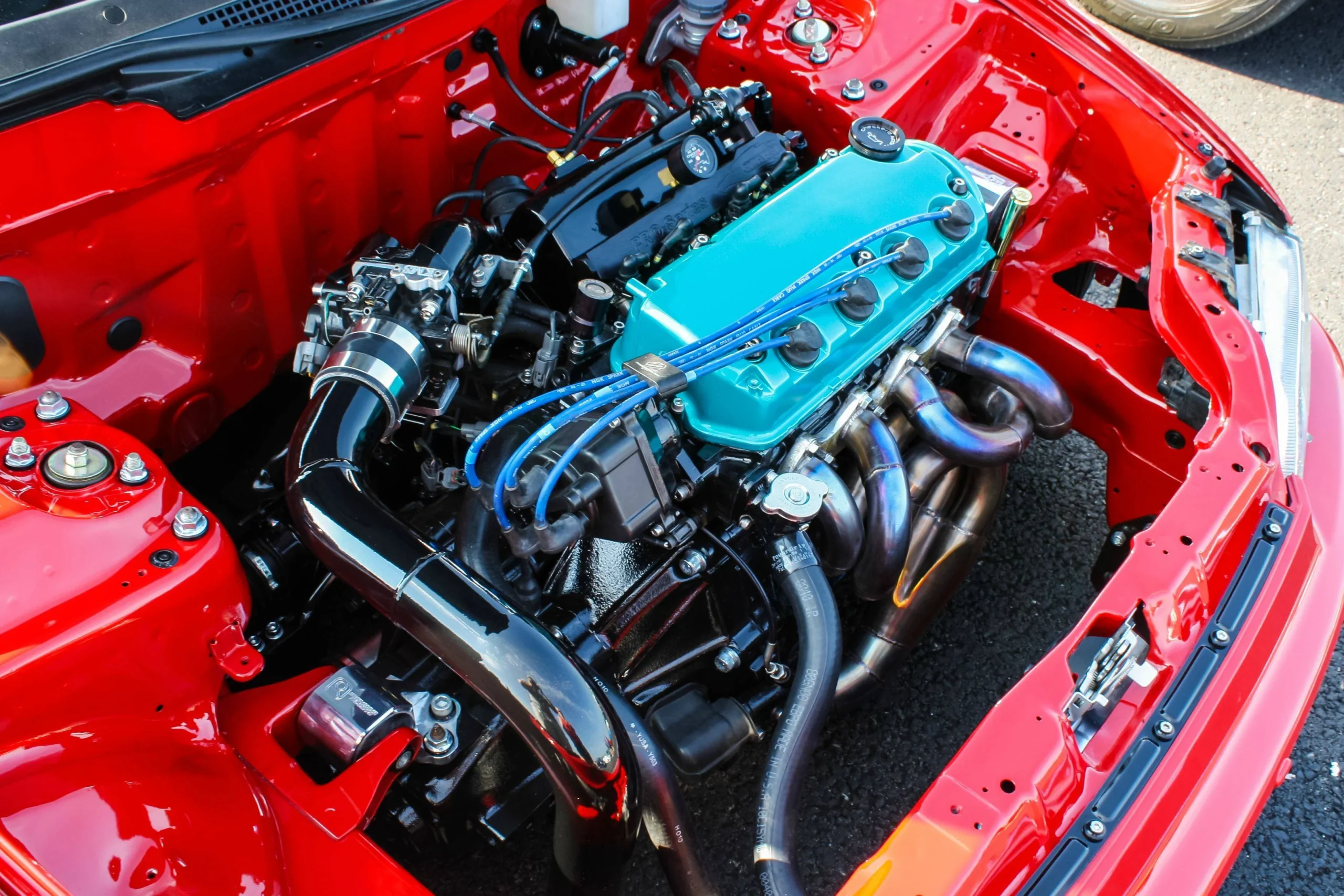
3. R-Series: Economical and Long-Lasting
Introduced in 2006 and still in use, the R-Series engine serves compact models like the Honda Civic and HR-V. With sizes between 1.6 and 2.0 liters, it was designed for efficiency rather than performance. Featuring i-VTEC technology, it offered good fuel economy, albeit at the expense of low-end torque.
The engine’s true strength lies in its longevity, often exceeding 200,000 miles with proper maintenance. Issues can arise from carbon buildup and failed engine mounts, especially if the maintenance schedule is ignored. Still, the R-Series proves ideal for buyers seeking affordable, dependable transportation with minimal long-term issues.

4. J-Series: The Versatile V6 Powerhouse
The J-Series V6, introduced in 1996, remains one of Honda’s most successful engine lines. With displacements ranging from 2.5 to 3.7 liters, this 60-degree V6 has powered everything from the Accord to the Acura MDX. Compact and transversely mounted, it replaced the older 90-degree C-Series V6.
Newer iterations include turbocharging and DOHC heads with integrated cam bearing caps, improving space efficiency and performance. Despite being robust, it suffers from issues like carbon buildup in direct-injected versions and problems with cylinder deactivation systems in SOHC models. When properly maintained, these engines can last between 200,000 and 300,000 miles.

5. C-Series: NSX’s High-Revving Heart
Built from 1985 to 2005, the C-Series engine was Honda’s original V6, best known for powering the legendary Acura NSX. With a 90-degree layout and capacities up to 3.5 liters, it was available in both SOHC and DOHC formats. The high-performance C30A variant produced 270 hp and featured VTEC, making it a favorite among enthusiasts.
The engine’s short-stroke design encouraged high-revving, performance-oriented driving. However, it also suffered from issues like valve-cover oil leaks that could damage ignition coils and early wear of the balancer-shaft belt. Despite these, the engine is revered for its power and engineering excellence.
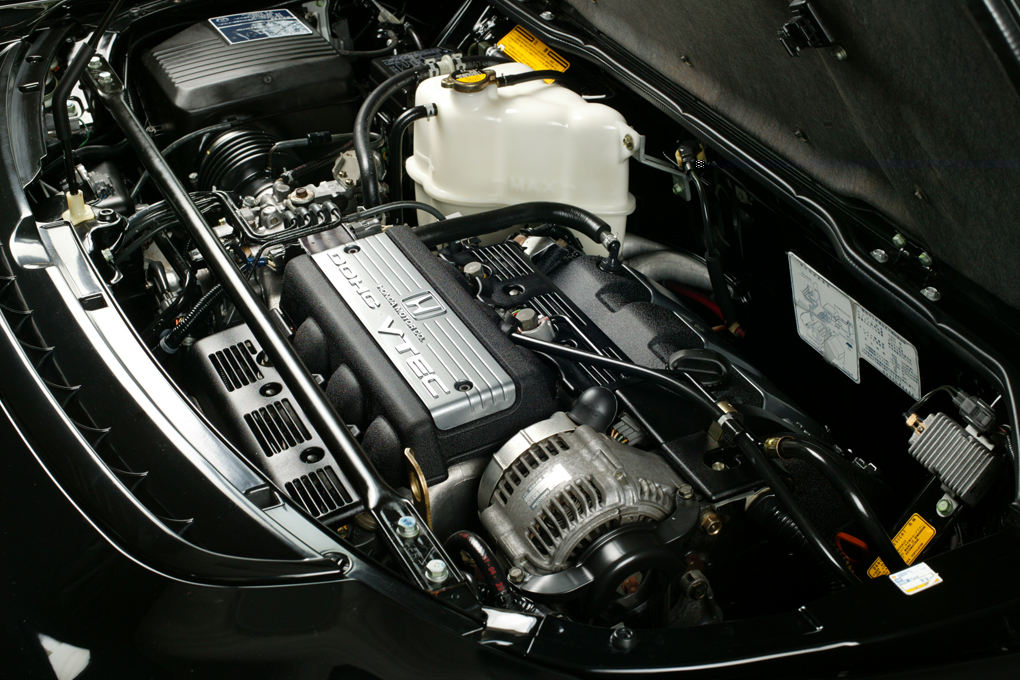
6. L-Series: Honda’s Modern Compact Engine
Introduced in 2001, the L-Series continues to be a backbone of Honda’s engine offerings, particularly in compact cars. Most commonly seen in 1.5-liter form in vehicles like the Civic and CR-V, it gained a turbocharged version in 2016. The turbocharged L-Series can produce up to 200 hp and remains fuel-efficient and reliable.
Equipped with a timing chain rather than a belt, it minimizes maintenance. However, cold-weather oil dilution and carbon buildup on intake valves have been concerns, especially in early turbocharged models. Honda addressed many of these through recalls and updates, reinforcing the L-Series as a dependable modern engine.

7. F-Series: The Big Block Inline-Four
First appearing in 1996, the F-Series engine was Honda’s larger inline-four, with sizes up to 2.3 liters. Mostly SOHC for economy-focused models like the Accord and Odyssey, the F-Series also had high-revving DOHC VTEC variants such as the F20C used in the Honda S2000.
This version, producing up to 247 hp, featured FRM cylinder liners for strength. While the FRM liners contributed to longevity, they were also associated with high oil consumption over time.
Regular versions of the F engine were dependable and capable of extensive mileage with routine maintenance, especially timing belt replacements and leak checks.

8. H-Series: Performance Evolution of the F
The H-Series, produced from 1993 to 2001, was a performance-oriented evolution of the F engine. Found primarily in the Honda Prelude, this inline-four featured DOHC VTEC and revved as high as 8,700 rpm. Engine capacities were 2.2 or 2.3 liters, and power peaked at 217 hp.
It also utilized FRM cylinder liners, which, while enhancing durability, could lead to piston-ring wear and oil consumption over time. Aside from this issue, the H-Series was a reliable, high-performing engine. Regular timing belt maintenance was crucial, and this engine remains beloved by fans of ’90s-era Honda performance.
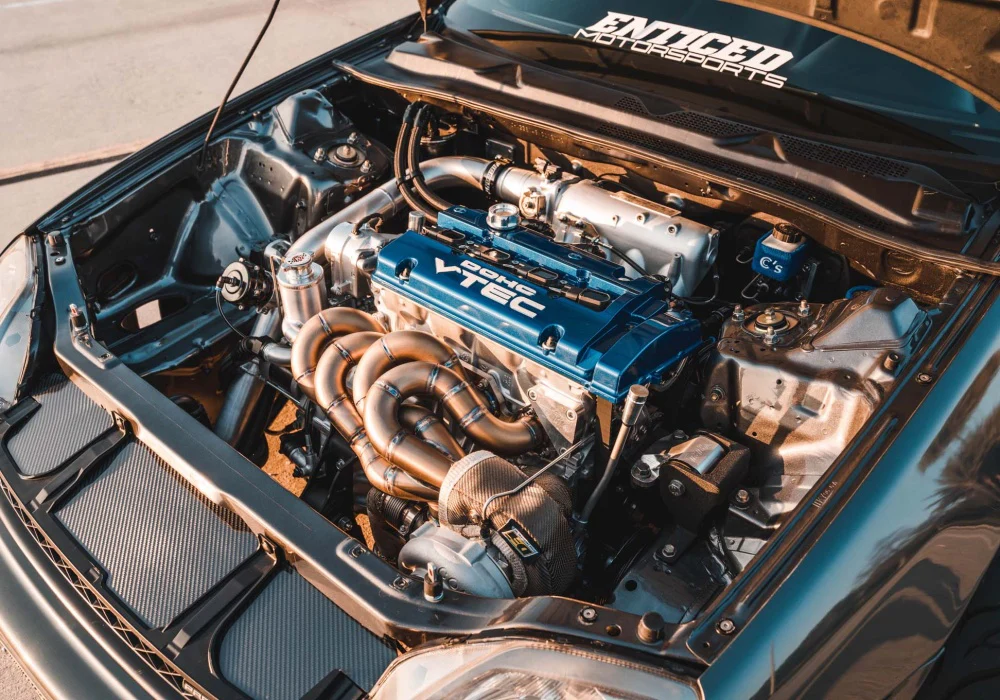
9. B-Series: The Tuner’s Favorite
Manufactured from 1988 to 2001, the B-Series engine is legendary among car tuners and Honda enthusiasts. Known for its strength and high-revving characteristics, this inline-four came in sizes from 1.6 to 2.0 liters and featured both SOHC and DOHC variants.
The B18C5 in the Integra Type R became iconic for its performance and durability. Many B-Series engines featured forged internals and strong bottom ends, allowing for high power output with aftermarket tuning.
Properly maintained, these engines can exceed 300,000 miles. Common issues include oil consumption and the need for timing belt changes, but these are minor compared to their benefits.
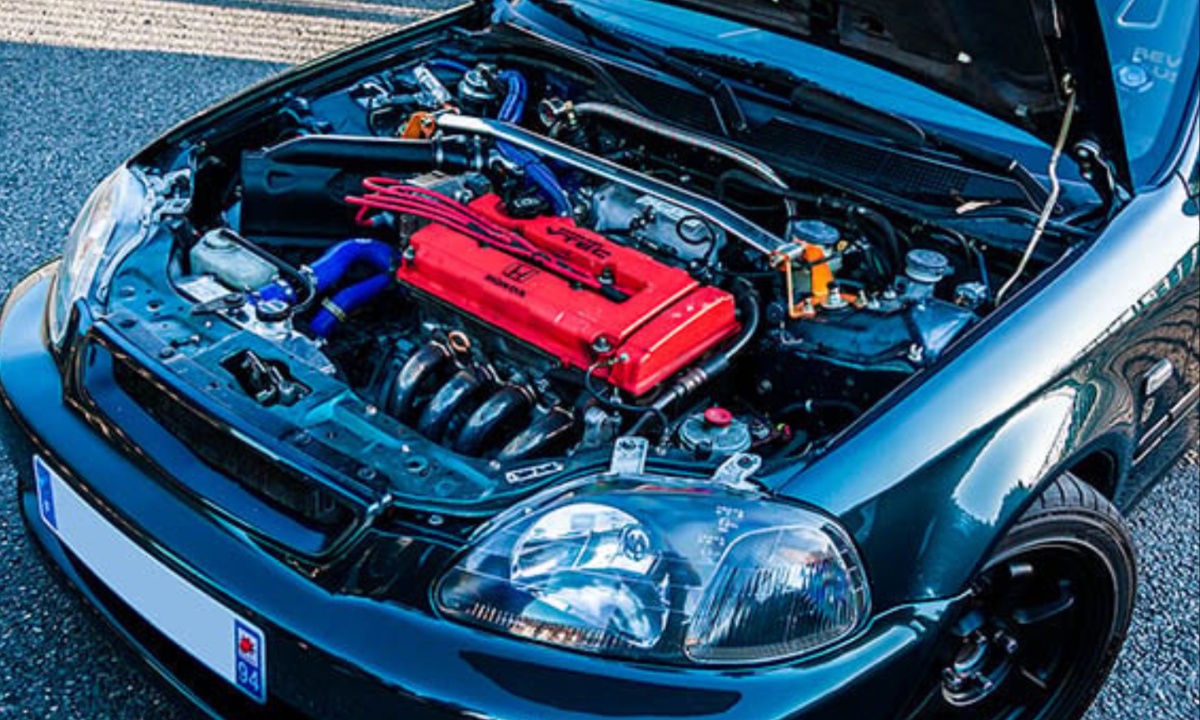
10. K-Series: The Modern Honda Legend
Debuting in 2001 and still in production, the K-Series is often hailed as Honda’s greatest engine. With displacements of 2.0 and 2.4 liters, it’s found in vehicles ranging from the Civic and Accord to the Acura Integra and RDX.
The K-Series improved upon the B-Series by replacing the timing belt with a chain and offering better performance and efficiency. With naturally aspirated and turbocharged variants, the K-Series can make up to 320 hp in the Civic Type R.
While generally reliable, deferred oil changes can lead to cam wear, and front main seal leaks can occur. Nevertheless, it’s a tuner favorite.
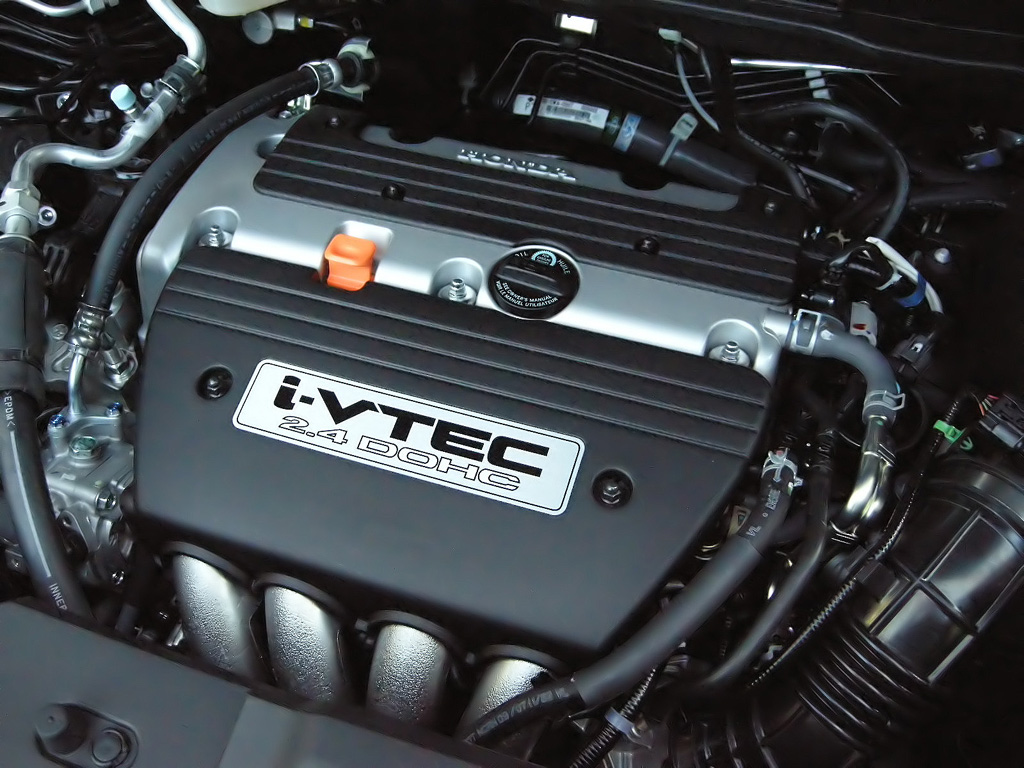
From humble economy cars to high-performance sports machines, Honda’s engines have set benchmarks in durability, performance, and engineering excellence. Whether it’s the tunability of the B- and K-Series or the longevity of the D- and R-Series, Honda has continually innovated to meet driver needs across generations.
Even niche efforts like the G-Series show the brand’s willingness to explore unconventional ideas. With turbocharging and hybrid technology shaping the future, Honda’s commitment to refining the internal combustion engine remains strong.
These legendary engines are more than mechanical parts—they’re key chapters in the ongoing story of Honda’s engineering prowess.
Also Read: 10 Cars with Legendary V8 Engines That Refuse to Die

